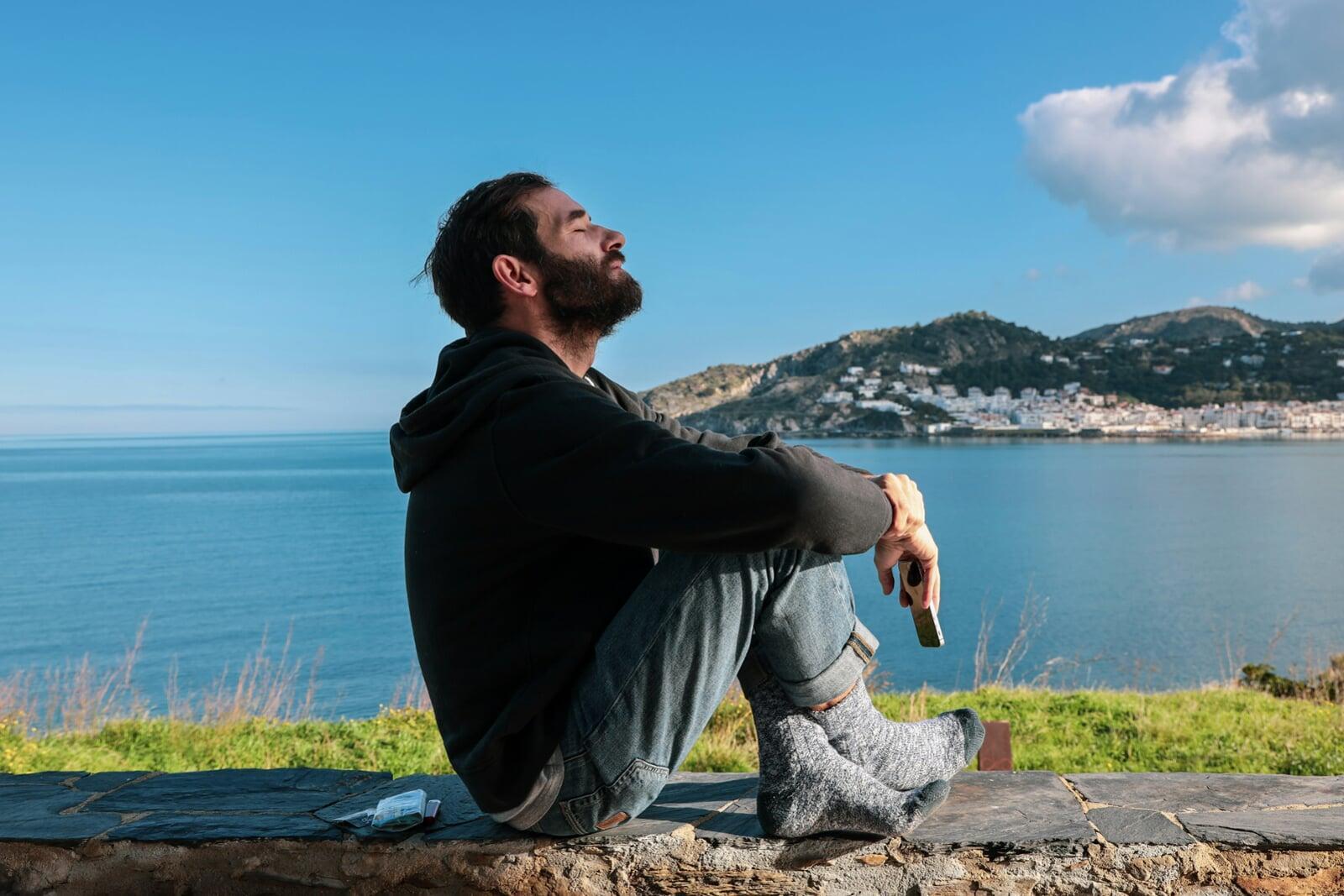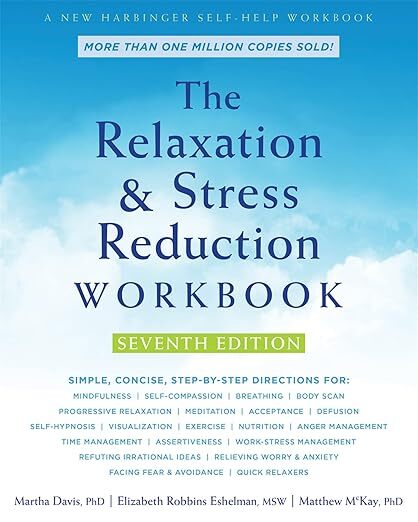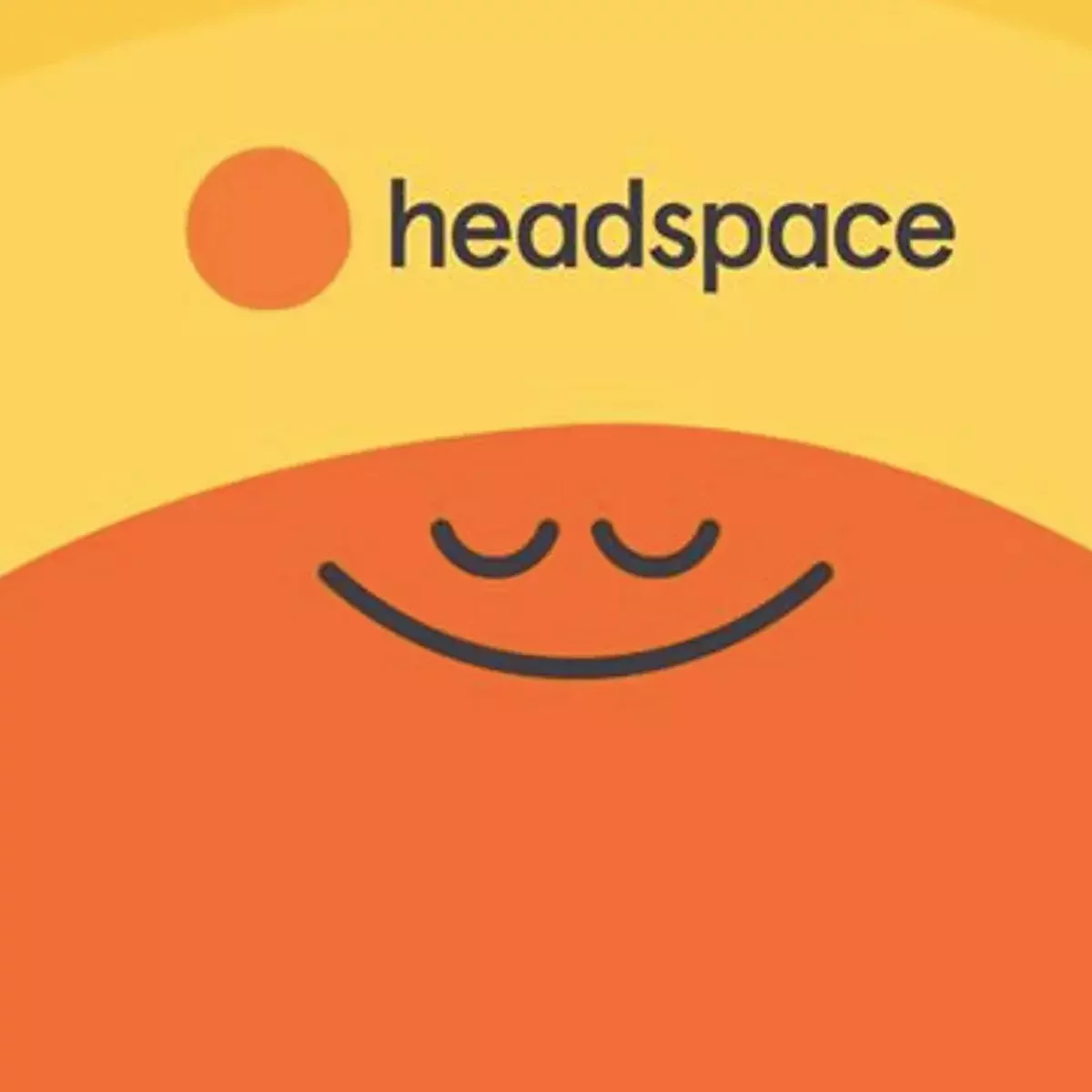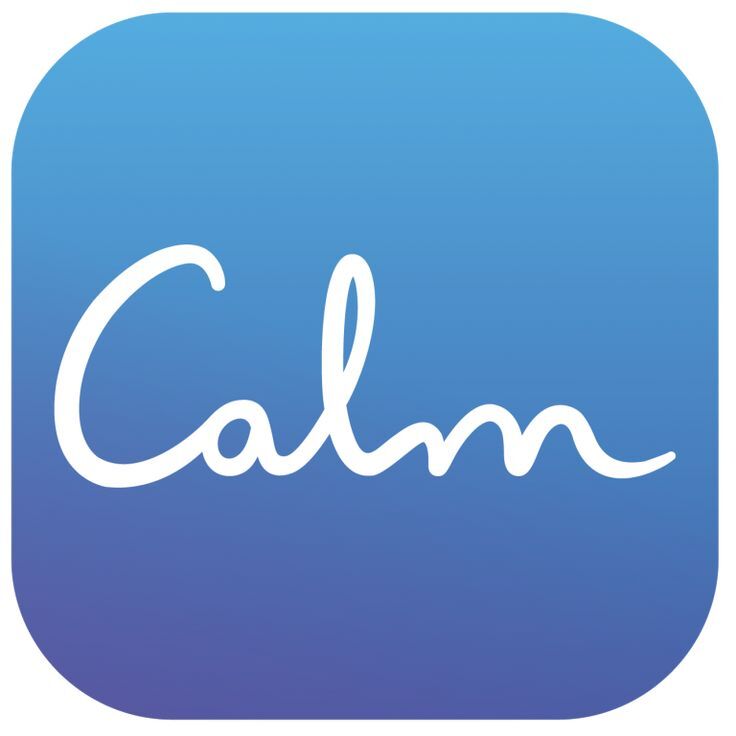Body Scan Meditation
Cultivate Mindfulness and Reduce Stress Through Bodily Awareness

Introduction
Body Scan Meditation is a mindfulness practice that involves systematically directing attention to different parts of the body, noticing sensations without judgment. This technique helps ground the mind, release physical tension, and strengthen the body-mind connection, making it effective for managing stress, anxiety, chronic pain, and improving overall well-being.
What You Need To Know
How To Do It
Instructions:
1. Prepare Your Space
- Feet: Observe the soles, arches, and tops of your feet.
- Legs: Scan calves, shins, knees, and thighs, front and back.
- Hips and Pelvis: Feel the contact with the surface and any subtle movements.
- Abdomen: Notice the rise and fall with each breath.
- Chest and Back: Sense your heartbeat and the support beneath you.
- Hands and Arms: From fingertips to elbows, then shoulders.
- Neck and Shoulders: Release any held tension.
- Face: Scan forehead, eyes, cheeks, jaw, and mouth.
- Head: Crown, ears, and scalp.
Helpful Tips:
- Start small: Begin with 5–10 minute sessions if new to meditation.
- Choose your position: Lying down aids relaxation; sitting works for daytime practice.
- Stay curious: Adopt a non-judgmental attitude toward sensations; label them if helpful (e.g., “tingling”).
- Manage discomfort: Breathe into tense areas or skip them—never force.
- Use a timer: Set a soft alarm to avoid clock-watching.
- Practice daily: Try before bed for better sleep or mornings for grounding.
- Track progress: Journal changes in tension or mood over time.
- Combine techniques: Pair with gentle yoga or walking meditation for enhanced benefits.
- Be consistent: Effects deepen with regular.
Related Topics:
Strongly Related
Reduce Stress:
[Links to related web pages]
[Links to related web pages]
[Links to related web pages][Links to related web pages]
Moderately Related
Issue B:
[Links to related web pages]
[Links to related web pages]












